Marijuana Culture
The Page discusses Cannabis-related lifestyle.
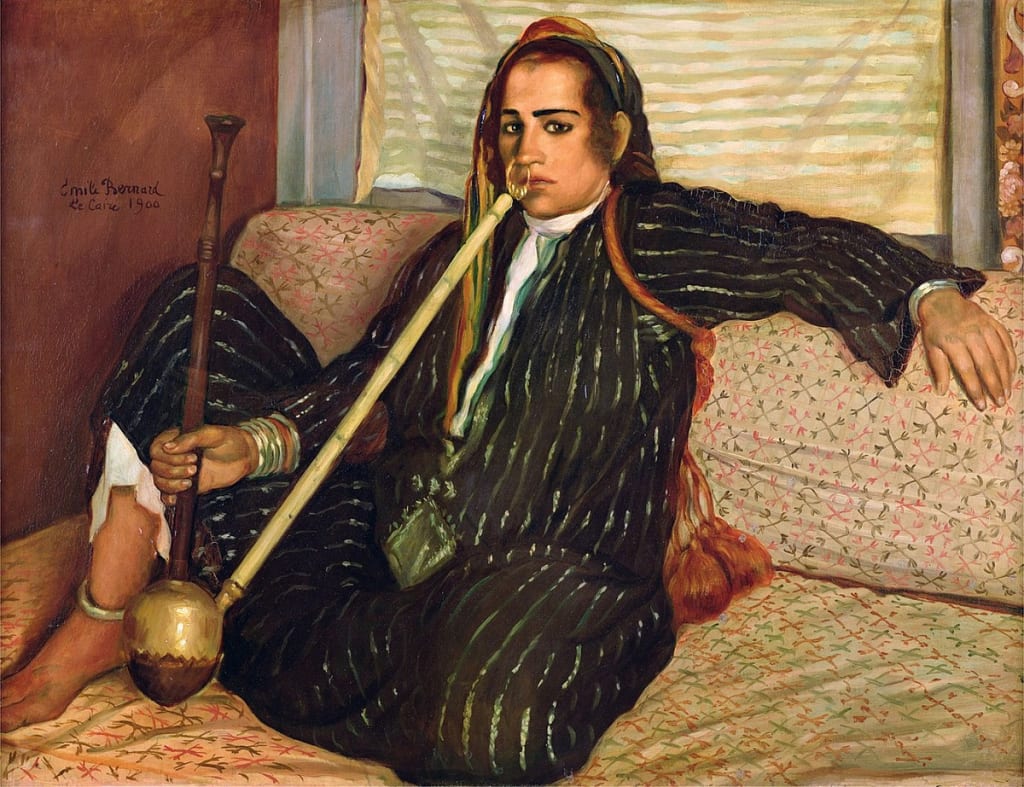
This page discusses cannabis-related lifestyles. Cannabis cultivation is covered there. See Cannabis Culture (magazine) for the Canadian lifestyle publication.
Cannabis culture is a term used to describe a social setting or group of related social activities that significantly rely on the use of cannabis, particularly when it is used as an entheogen, recreational drug, or medicinal.
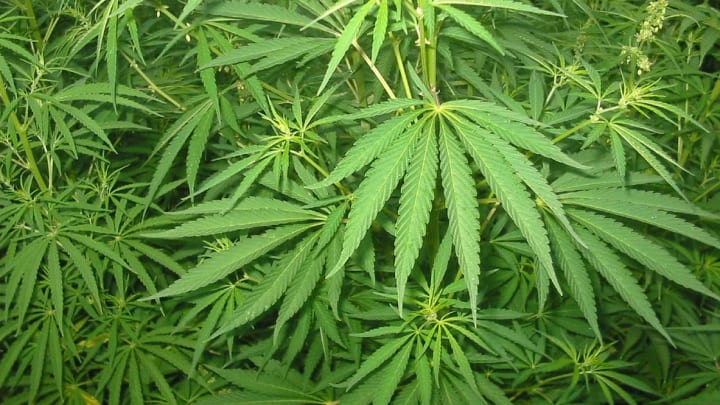
Cannabis has long been used as an entheogen to promote spiritual experiences, especially on the Indian subcontinent since the Vedic period, which began around 1500 BCE, though it may have started as early as 2000 BCE. It was also used entheogenically by the Germanic, Celt, Ancient Central Asian, and African peoples.The Rastafari movement of Jamaica is primarily responsible for the plant's association with spiritual usage in modern times. Several Western subcultures, including hippies, beatniks, hipsters (both the 1940s subculture and the contemporary subculture), ravers, and hip hop, contain marijuana use as an eccentric characteristic.
Cannabis now "has its own language, humor, manners, art, literature, and music."[9] According to Nick Brownlee, "Perhaps because of its ancient mystical and spiritual roots, because of the drug's psychotherapeutic effects, and because it is illegal, even the very act of smoking a joint has deep symbolism."[9] Cannabis has been used in various forms for approximately 5,000 years, but the idea that marijuana is "the manifestation of introspection and bodily passivity" is a relatively new one. This perception has led to a negative "slacker" stigma around its users.[9] The "lazy stoner stereotype" is said to have been debunked by recent study, which was published in the International Journal of Neuropsychopharmacology.According to the study, frequent cannabis users were not any more likely to be apathetic or anhedonistic (to lose interest or pleasure) than non-users.
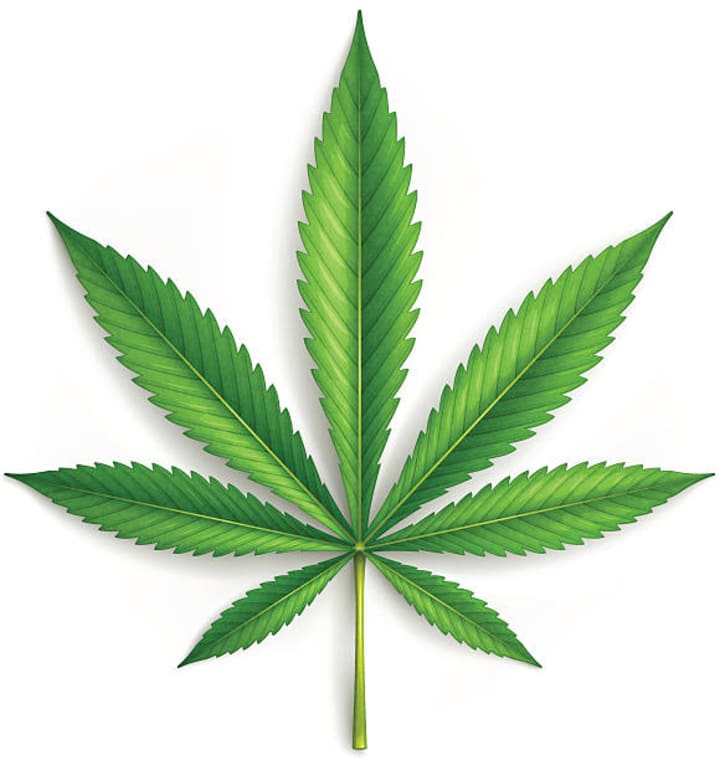
The Woodstock Festival served as "the pinnacle of the hippie revolution in the USA, and in many people's opinion the ultimate example of cannabis culture at work," and has been described as the counterculture era that "sums up the glory years of modern cannabis culture" in the 1960s.[9] Holidays (most notably 4/20), the exploitation and stoner film genres, jazz, reggae, psychedelia, rap music, and publications like High Times and Cannabis Culture have all been influenced by marijuana. Cannabis culture has also influenced chess, where the "Bongcloud Attack" refers to a particularly dangerous opening move.
Consumption :
Use of drugs for recreational purposes
Jazz was frequently played at the "Teapads" where marijuana was previously sold during Prohibition in the United States. Cannabis usage was often derogatory and despised by most people.[12] After cannabis was become illegal, it was consumed clandestinely. Cannabis was once again permitted by some areas' laws decades later. Cannabis smoking has given rise to a number of traditions, such as 420, which is observed on April 20 (4/20) and is called after the most common time of day to ingest the drug (4:20 p.m.)[13]. Sharing cannabis with others is recommended if it is consumed in a social atmosphere.
Euphemism use
Lists of cannabis slang phrases and a glossary of cannabis terminology are also available.
Subcultures have traditionally utilized euphemisms to describe certain aspects of their culture, and this is especially true for subcultures that surround taboo subjects like cannabis.Direct euphemisms for cannabis products are among the most common, and there are many more for cannabis culture-related terms.
The word "420," one of the most popular cannabis euphemisms, was created in the 1970s, while other expressions date back hundreds of years. The need for euphemisms was initially due to the drug's illegality, but Jonathon Green, a slang scholar, suggested that it had become part of the culture as those using the slang terms did not focus on the drug's legal status, telling Time that coming up with new slang terms "is also simply fun". This was noted in 2017 even as various nations and US states were decriminalizing and legalizing cannabis.
Researchers hypothesized in 2021 that new euphemisms were still being created in order to get beyond automatic moderation and internet censorship so that members of cannabis subcultures may discuss their usage online even while common slang phrases were added to forbidden word lists. They also said that because these phrases are less likely to be outlawed, many more modern euphemisms reused ordinary, innocent-sounding words (although "pot" was used as an older example).
The usage of euphemisms and other jargon indicates a person is a part of a complex global and regional cannabis subculture, with distinct names used in various places. By "providing] socially constructed ways of talking, thinking, expressing, communicating, and interacting among marijuana users and distributors," the argot "conveys the dynamic expressiveness involved in shared consumption and as a comprehensive communication system among subculture participants," which furthers the identity of these subcultures.
In the arts :
Cannabis's impact and practicality may be seen in a wide range of works because of its psychotropic effects, which include an improved enjoyment of the arts, particularly music, and a rise in creativity. While veiled references to cannabis first surfaced in music in the 1920s, such as in Louis Armstrong's song "Muggles," many musicians didn't start mentioning it publicly until the 1960s and 1970s.During this period, songs like "Got to Get You into My Life" by The Beatles, "Rainy Day Women#12 and 35" by Bob Dylan, and "Sweet Leaf" by Black Sabbath were well-known for their lyrics that focused on cannabis.
Numerous artists have now spoken out about their drug use and the ways in which it has influenced their works, and they are no longer restricted to any one genre associated with the drug culture.As the creator of his own marijuana brand, vaporizer pen, and website devoted to cannabis culture, Snoop Dogg is widely recognized for his love of marijuana.Even Willie Nelson, owner of the cannabis business Willie's Reserve, has said that smoking helped save his life. For his wholesale brand, Willie's Reserve Label collaborates with local Colorado farmers, extractors, and food producers. It is recognized for advocating social reform in the hopes of abolishing marijuana and hemp laws.
In contrast, Jay-Z serves as a "Visionary Officer" for TPCO, one of the biggest cannabis businesses in the world.Greg Welch and other young painters create hundreds of works of art using cannabis blossoms and other materials.Along with other modern musicians, Miley Cyrus, Jay-Z, Lady Gaga, Zayn Malik, Wiz Khalifa, Rihanna, and Dave Chappelle have all spoken out about their cannabis usage.
In order to uphold Bob Marley's legacy, The Marley Family launched Marley Natural in 2016. As a part of Colorado's cannabis culture, Sound Tribe Sector 9 has teamed up with Green Dot Labs to produce unique hash pens. The WeedFarm app by Wiz Khalifa, released in 2017, assists users in building their own cannabis companies.
Cultures :
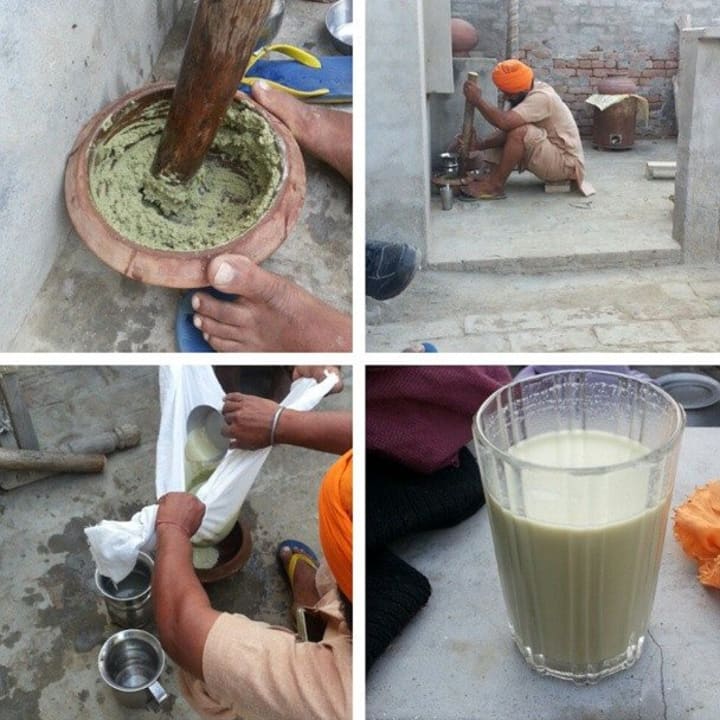
Since the late 20th century, tobacco and alcohol have been the two most common psychoactive substances worldwide, with hemp and hashish coming in third and fourth.Vera Rubin claims that there are two main cultural complexes that have influenced cannabis usage over time: a continuous, traditional folk stream and a more constrained, modern arrangement.The first, which often includes small-scale production, encompasses both spiritual and secular uses of the plant, including its usage for food, clothing, medicine, cordage, and "general use as a euphoriant and symbol of fellowship."[35][36] The second wave of cannabis use growth includes "the use of hemp for commercial manufacturers utilizing large-scale cultivation primarily as a fiber for mercantile purposes"; however, it is also connected to the pursuit of psychedelic experiences (which can be traced back to the founding of the Parisian Club des Hashischins).
Ancient societies employed cannabis, including those in Mesopotamia, Egypt, Romania, and ancient India.Its primary method of intake was smoking, whether it be for pleasure or as medication. The plant is also significant culturally in many Eurasian nations. Hemp is connected to cultural ceremonies for marriage, birth, death, healing, and protection.Hemp serves as a bridge between the spirit world and some Eastern European tales.
With time, the culture grew more global, and a "cannabis culture" as a whole emerged. The stoner film subgenre, which has gained acceptance as a mainstream movie phenomenon, was created by the culture.In the US, the culture has also given rise to publications like Cannabis Culture and High Times as well as personalities like Terence McKenna and Tommy Chong.
India ( Main article: Cannabis in India )
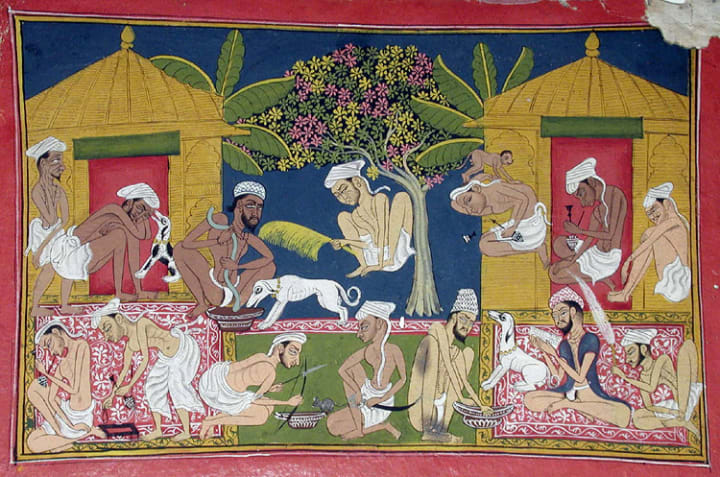
The Indian subcontinent is the original home of cannabis.It is also known that thousands of years ago, the ancient Hindus of the Indian subcontinent utilized cannabis. The herb's name is ganja (Sanskrit:, IAST: gaj), also known as ganjika in other contemporary Indo-Aryan languages.Although this hypothesis is debatable, some academics contend that cannabis was the ancient narcotic soma that is described in the Vedas.
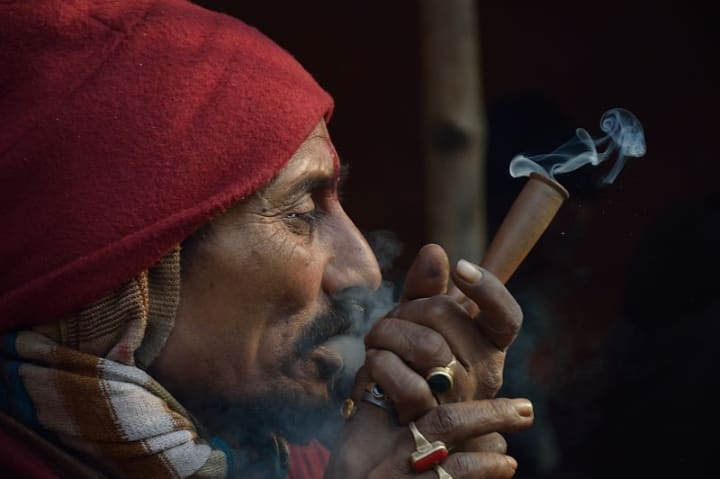
Today, cannabis is frequently processed into bhang, which has assimilated into Indian subcontinental heritage and custom. People in some rural areas of India give the cannabis plant numerous medical benefits. Bhang is said to treat fever, diarrhea, sunstroke, remove phlegm, help with digestion and appetite, treat speech problems like lisping, and increase alertness in the body when used in the right amounts.
Jamaica (Main articles: Cannabis in Jamaica and Rastafari)
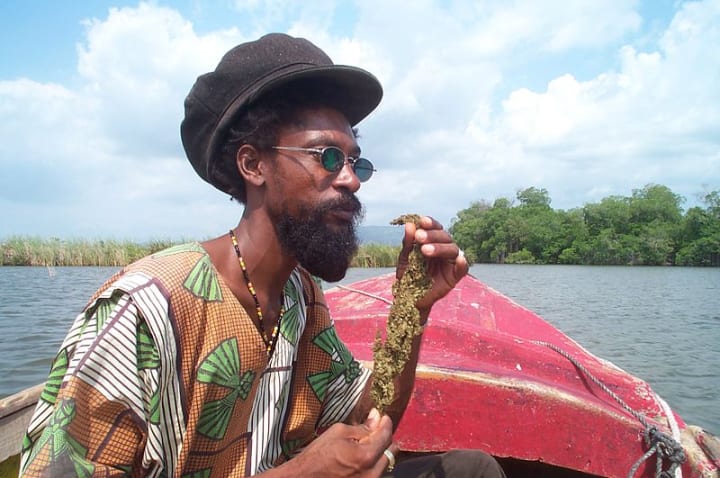
Cannabis was first brought to Central and Southern Africa by Arab traders in the eighth century; there, it is known as "dagga"; many Rastafarians believe it is an aspect of their African culture that they are recovering.Another name for it is "the healing of the nation," which is taken from Revelation 22:2.
Alternately, it's possible that Jamaica acquired this culture as a result of the 20th-century migration of large numbers of Hindus and Muslims from British India to the Caribbean. Many experts believe that the ganja sacrament originated in the Indo-Caribbean and was brought to Jamaica by Indian migrant labourers in the post-abolition era. Ganja use on a large scale began when indentured Indians were sent to Jamaica.Campbell (2011).Mystics with dreadlocks Since ancient times, South Asian Jata—often ascetics known as sadhus or Sufi Qalandars and Derwishes—have smoked cannabis from both chillums and coconut shell hookahs. Additionally, the word "chalice" may be a translation of the Sufi ascetic expression "jam-e-qalandar," which means "bowl or cup of qalandar." In South Asia, cannabis is frequently drunk as a drink called bhang in addition to through smoking, hence most qalandars have a sizable wooden pestle with them.
United States :
The history of marijuana in American culture dates back to the Colonial Period. Colonial governments in Virginia and Massachusetts mandated landowner farmers to cultivate marijuana for hemp-based goods at the time since hemp was a crucial crop.Thomas Jefferson and George Washington were two prominent hemp growers who served as two of the country's founding fathers.John Adams, a person from the Colonial era who used hemp for recreational purposes and wrote about its ability to alter consciousness,
About the Creator
Enjoyed the story? Support the Creator.
Subscribe for free to receive all their stories in your feed. You could also pledge your support or give them a one-off tip, letting them know you appreciate their work.


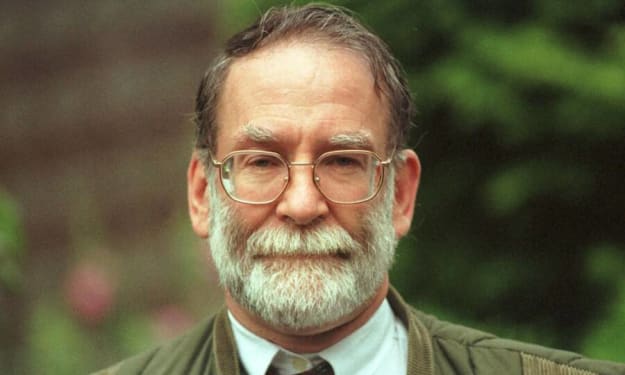

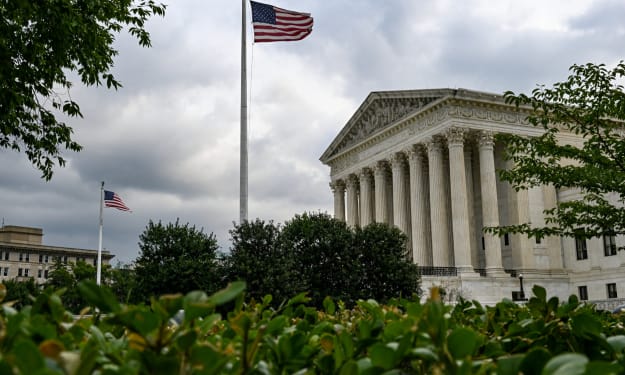

Comments
There are no comments for this story
Be the first to respond and start the conversation.